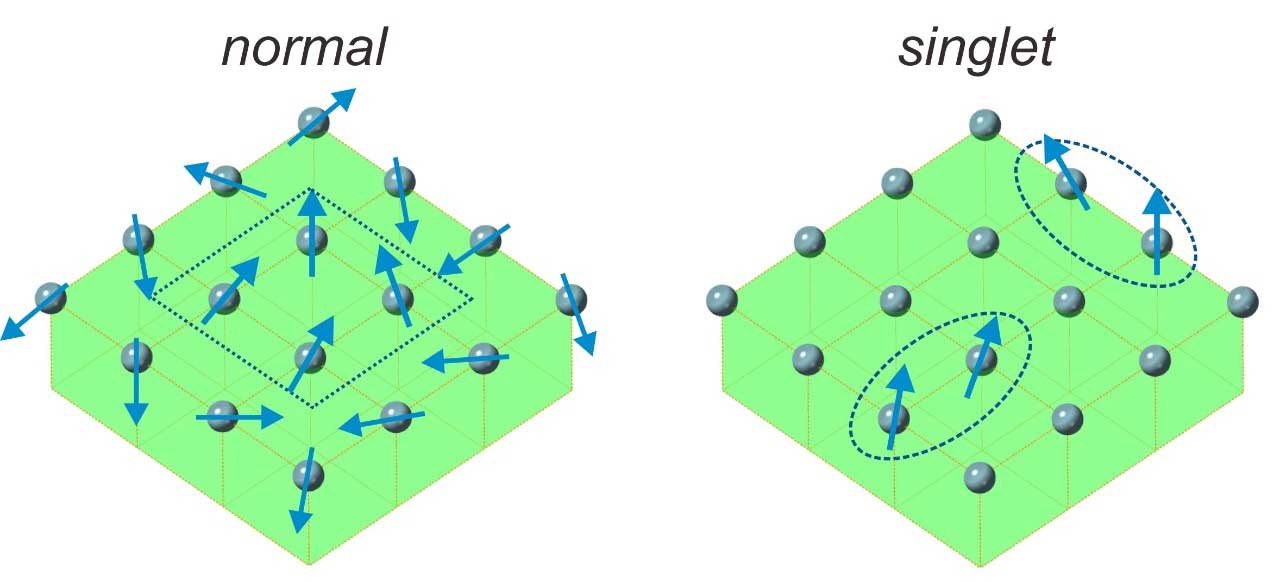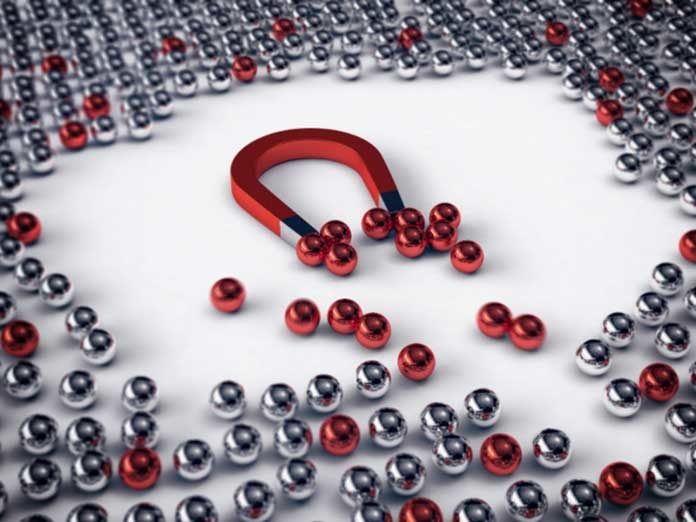A team of scientists at New York University has developed a new type of magnet -singlet-based magnet- that holds promise for enhancing the performance of data storage technologies.
The magnet consists of USb2 (a compound of uranium and antimony) and thus it generates magnetism in a different way than any other magnet known to scientists. By contrast, the newly uncovered singlet-based magnet has fields that pop in and out of existence, resulting in an unstable force—but also one that potentially has more flexibility than conventional counterparts.
Andrew Wray, an assistant professor of physics at New York University, who led the research team said, “There’s a great deal of research these days into the use of magnets and magnetism to improve data storage technologies. Singlet-based magnets should have a more sudden transition between magnetic and non-magnetic phases. You don’t need to do as much to get the material to flip between non-magnetic and strongly magnetic states, which could be beneficial for power consumption and switching speed inside a computer.”

“There’s also a big difference in how this kind of magnetism couples with electric currents. Electrons coming into the material interact very strongly with the unstable magnetic moments, rather than simply passing through. Therefore, it’s possible that these characteristics can help with performance bottlenecks and allow better control of magnetically stored information.”
Scientists used neutron scattering, X-ray scattering, and theoretical simulations to establish a link between the behaviors of a far more robust magnet, USb2, and the theorized characteristics of singlet-based magnets.
Lin Miao, an NYU post-doctoral fellow, and the paper’s first author said, “This material had been quite an enigma for the last couple of decades—the ways that magnetism and electricity talk to one another inside it were known to be bizarre and only begin to make sense with this new classification.”
USb2 holds the critical ingredients for this type of magnetism—particularly a quantum mechanical property called ‘Hundness’ that governs how electrons generate magnetic moments. Hundness has recently been shown to be a crucial factor for a range of quantum mechanical properties, including superconductivity.
The work, published in the journal Nature Communications.
